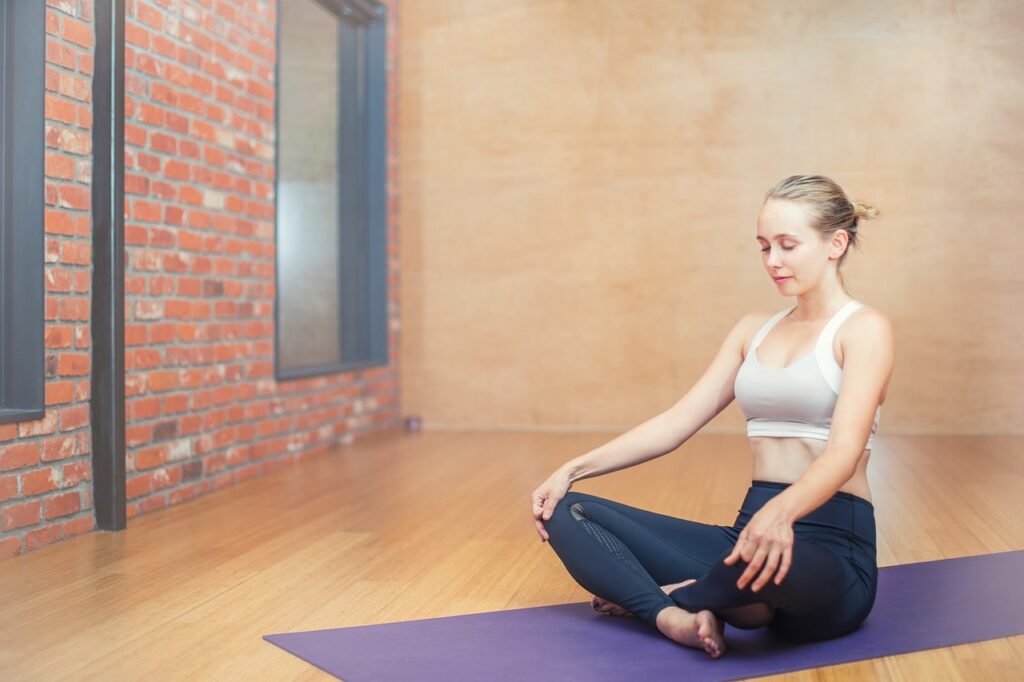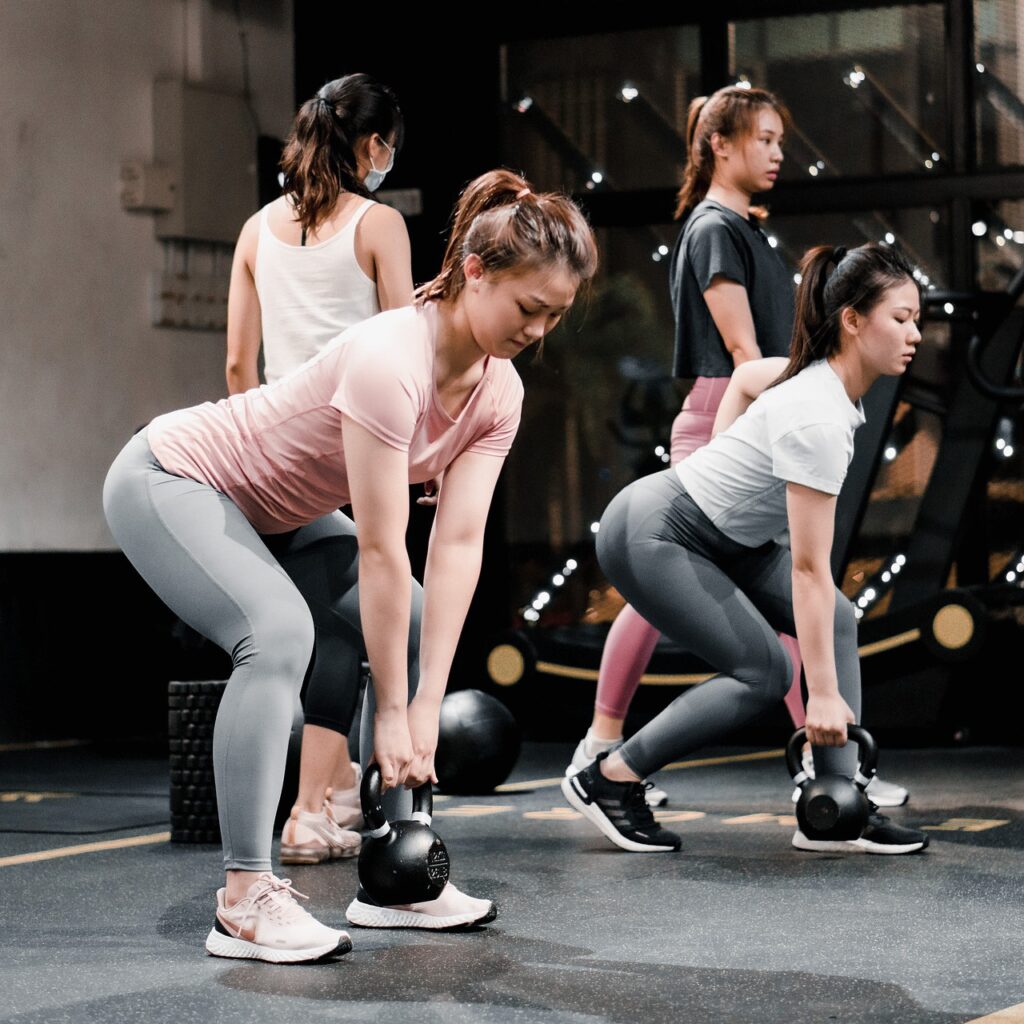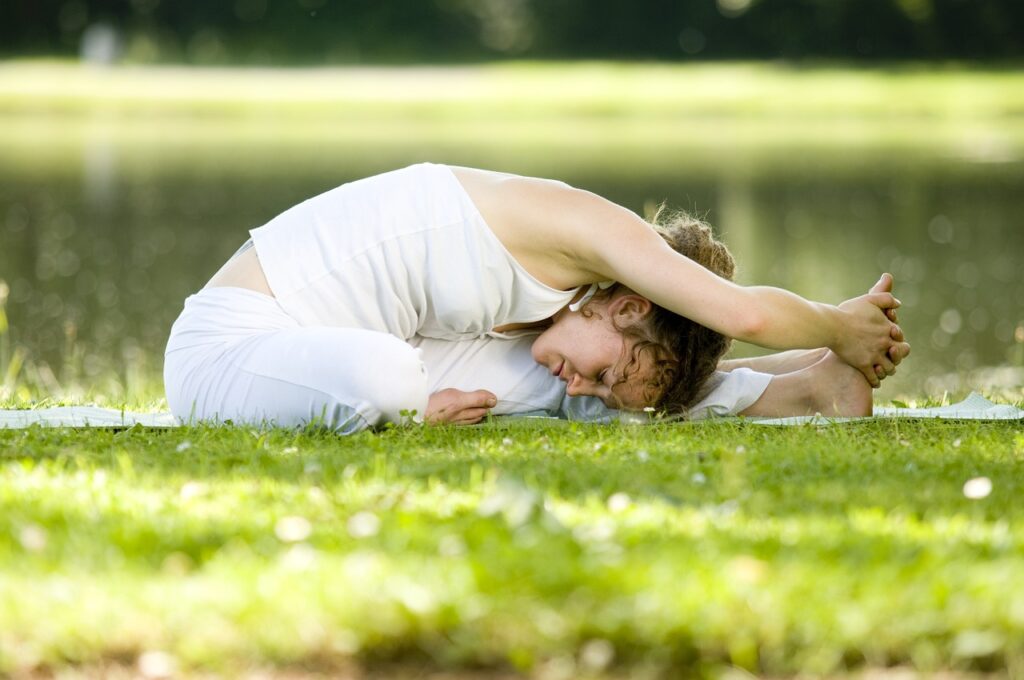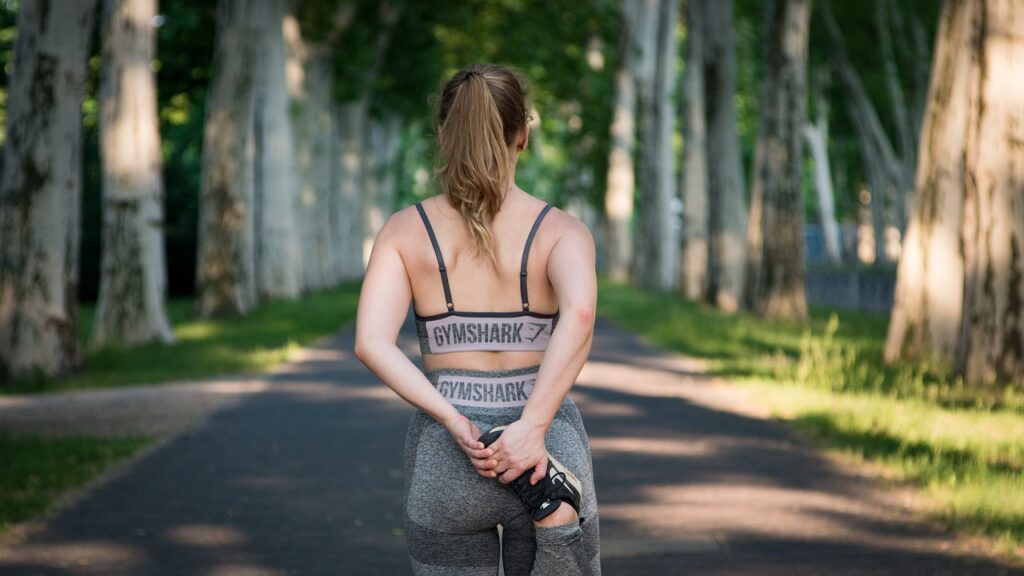We Tried Both - Here's the Real Difference Between Yoga & Running Leggings
As avid fitness enthusiasts who love trying new workout routines, our team decided to add yoga classes into the mix in addition to our regular running and training sessions. We quickly noticed a big difference when wearing standard running leggings versus yoga-specific leggings to a yoga class.
This observation sparked our curiosity – what exactly are the key differences between leggings designed for yoga compared to running? We ordered a variety of both legging types from popular athletic brands to extensively test them out. After wearing them during studio classes, runs, and more, we identified the major distinctions between yoga and running tights. Read on for the details!
Section 1: Comparing Fabric and Fit
One of the main variations we discovered between yoga and running leggings was the type of fabric used and the fit. Yoga leggings tend to be made from super stretchy proprietary fabrics that have a high spandex content, usually around 20% or more. Brands like Lululemon and Alo Yoga use patented fabrics such as Luon and Airbrush that are engineered specifically for four-way stretch.
This high degree of stretch and recovery enables the leggings to flex seamlessly during twists, bends and folds on the yoga mat. The extra spandex also allows for a tighter, compression-like fit that keeps the leggings secure against the body during inversions and other challenging poses.
Running leggings use fabrics with a lower spandex content, typically ranging from 5-15%, blended with sweat-wicking technical fibers. Performance fabrics like Nike’s Dri-FIT combine spandex with quick-drying polyester or nylon to pull moisture away from the body during runs or training sessions.
We found the fit of running tights is also looser than form-fitting yoga pants, offering greater freedom of movement. The additional room through the hips and thighs prevents restriction when running or being active. However, the looser fit can lead to awkward bunching during certain contortionist-style yoga poses.

Section 2: Specialized Features and Functionality
In addition to differences in fabric and fit, yoga leggings and running leggings each provide unique features tailored to their intended athletic uses.
Yoga leggings place a high priority on coverage and comfort, utilizing details like wide waistbands and discreet pocket storage. The wide waistbands and high-rise fit supply ample belly coverage during folds and backbends. They also stay perfectly in place during inversions when you’re upside down.
Hidden side pockets along the thigh are ideal for stashing keys or a phone, keeping them accessible but out of sight during practice. Gusseted crotches, constructed with a diamond-shaped panel in the pelvic area, allow greater range of motion and stretch in compromising positions.
Conversely, running leggings emphasize performance-enhancing features like breathable mesh panels, reflectivity, moisture-wicking fabric and easy-access storage. Mesh ventilation zones along the calves or behind the knees aid cooling and breathability mile after mile.
Reflective elements improve visibility and safety when running in low light. Waistband pockets securely hold fuel, phones and other essentials while on the move.

Section 3: Putting Them to the Test
To truly evaluate yoga pants vs. running tights, our team tested them head-to-head during classes, runs, and training.
For yoga, the yoga-specific leggings were far better at comfortably holding poses without sliding or bunching. The Luon fabric contoured fluidly with the body, providing opaque coverage and ease of movement on the mat.
The running tights gaped awkwardly at the waist and inner thighs during stretches, exposing too much skin, and needed frequent adjusting as they slid down.
However, for runs and HIIT workouts, the sweat-wicking performance fabrics and athletic construction of the running tights performed much better. Enhanced breathability, stretch and pocket storage carried us comfortably for miles outdoors or through high-intensity training.
While fine for basic stretching, the looser waistbands and seams of the running tights led to digging, pinching and discomfort during extensive yoga flows and holding poses.

Conclusion
After testing both types of leggings extensively, our team concluded that yoga leggings and running tights each excel at what they were specifically designed for – either yoga or running.
The running tights were less ideal for bending and coverage during long yoga sessions, bunching awkwardly. Yoga leggings also lacked some key features like breathability and storage that are important for outdoor training and running.
For those who practice yoga or run frequently, it’s beneficial to invest in leggings made expressly for that activity. With the fabric, fit and features tailored to purpose, you can move through your chosen workout with greater comfort, confidence and zero distractions.



